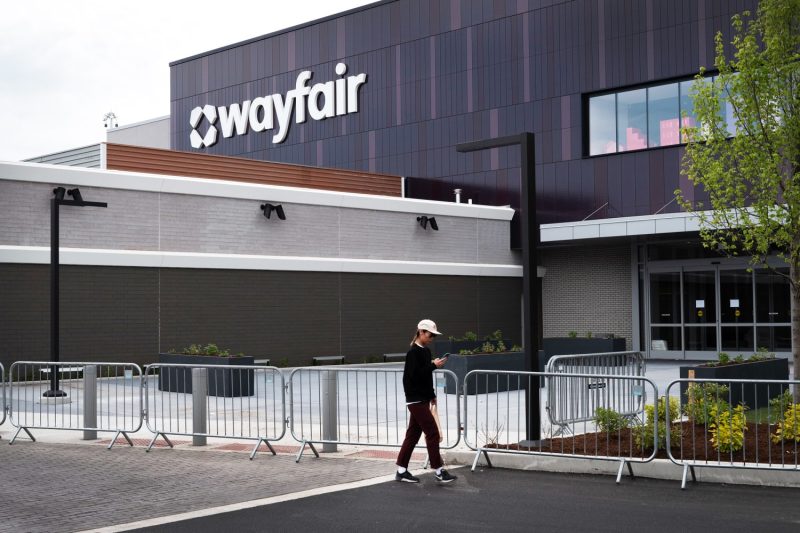
Wayfair’s Grand Debut: A Return to Traditional Retail with the Opening of its First Big Store
In recent years, the retail industry has witnessed a significant shift towards e-commerce and online shopping. With the rise of giants like Amazon, traditional brick-and-mortar stores have faced increasing challenges in remaining relevant and profitable. However, amidst this digital transformation, there seems to be a rekindling interest in physical retail locations, as evidenced by the decision of major brands to expand their offline presence.
One such company that is embracing this trend is Wayfair, an e-commerce giant renowned for its extensive selection of home goods and furniture. Wayfair’s announcement to open its first large physical store marks a significant shift in strategy for the brand, which has primarily focused on online sales since its inception.
By entering the world of brick-and-mortar retail, Wayfair is acknowledging the importance of a physical shopping experience in the home furnishings industry. While online shopping offers convenience and variety, there are certain aspects of the shopping process that an in-store experience can uniquely provide. The ability to see, touch, and feel furniture and decor items in person can help customers make more informed purchasing decisions and create a stronger emotional connection to the products.
Moreover, physical stores can serve as valuable touchpoints for engaging with customers and building brand loyalty. By offering personalized assistance, design consultations, and interactive experiences within their store, Wayfair can create a more immersive and memorable shopping environment that sets them apart from competitors.
Additionally, the opening of large physical stores can also provide Wayfair with new opportunities for growth and expansion. By leveraging their existing online data and customer insights, Wayfair can tailor their in-store offerings to better cater to the preferences and needs of local shoppers. This localized approach can help drive foot traffic to their stores and foster a sense of community around the brand.
It is worth noting that Wayfair’s decision to invest in physical retail locations comes at a time when many traditional retailers are scaling back their offline presence or even closing stores. This move highlights Wayfair’s confidence in the future of omnichannel retailing, where online and offline channels work together to create a seamless shopping experience for customers.
As Wayfair prepares to open its first large store, it will be interesting to see how the brand adapts its online model to the physical retail space. By blending the convenience of e-commerce with the sensory experience of in-store shopping, Wayfair has the potential to revolutionize the way customers shop for home goods and furniture.
In conclusion, the resurgence of physical retail locations presents an exciting opportunity for brands like Wayfair to connect with customers in new and innovative ways. By embracing this trend and leveraging the unique benefits of offline shopping, Wayfair is poised to redefine the home furnishings industry and set a new standard for omnichannel retailing.
